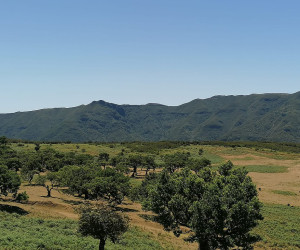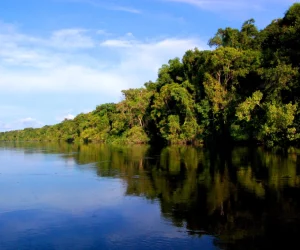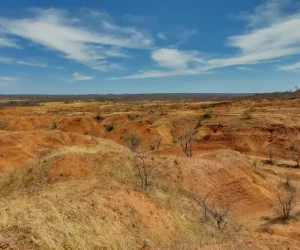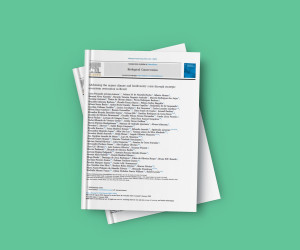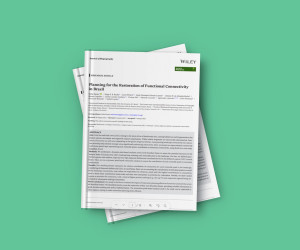Publications > Article
Nature: Bending the curve of terrestrial biodiversity needs an integrated strategy
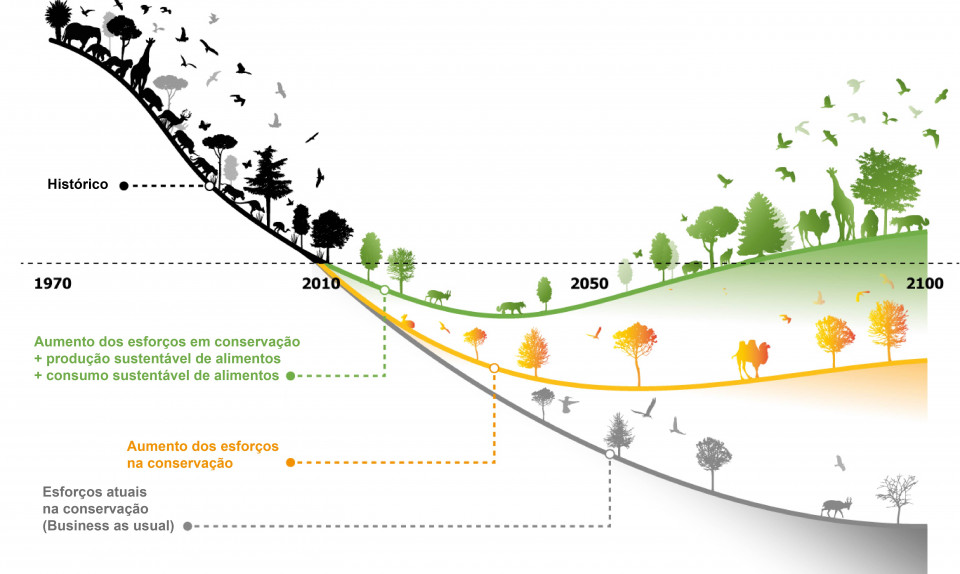
Plant and animal species across the world are steadily disappearing due to human activity. Without ambitious, integrated action combining conservation and restoration efforts with a transformation of the food system, turning the tide of biodiversity by 2050 or earlier will not be possible.
Biodiversity has been declining at an alarming rate for many years. It is clear that we cannot allow the current trend to continue. If it does, there will simply not be enough nature left to support future generations. While ambitious targets have been proposed, practical issues such as feeding the Earth’s growing human population could make reaching such targets a challenge.
The study, which has been published in Nature and forms part of the latest World Wide Fund for Nature (WWF) Living Planet Report, for the first time set out to explore biodiversity targets as ambitious as a reversal in global biodiversity trends and shed light on what integrated future pathways to achieving this goal might entail.
According to Bernardo Strassburg, IIS Executive director, Professor of Sustainability Science at PUC-Rio and one of the co-author of the study, there are major challenges to make the future more sustainable but without a doubt, are worth it.
“We have demonstrated that it is possible to combine agricultural production growth with nature conservation and regeneration, and its vital systems, including to the human life. This requires a fully feasible combination of optimized conservation and restoration efforts with reduced food waste, sustainable intensification of production, less impacting diets and more sustainable international trade. It requires political will and the mobilization of consumers and producers, but the rewards would be enormous: by reversing the age-old process of degradation of nature, we would be the first human generation to leave the planet more sustainable than we found it, with enormous benefits for us and for the future generations”, says Strassburg. “If we move away from burning and deforestation and the inevitable loss of value and markets, Brazil has a proven potential to lead this global transition, adding value to agribusiness by positioning itself as the cleanest producer on the planet”.
Using multiple models and newly developed scenarios to explore how addressing these elements in an integrated way might help reach biodiversity targets, the study provides key information on pathways that could materialize the 2050 vision of the UN Convention on Biological Diversity – “Living in harmony with nature”. For global trends of terrestrial biodiversity as affected by land use change to stop declining and start recovering by 2050 or earlier, the researchers say that action is needed in two key areas:
- Bold conservation and restoration efforts together with increased management effectiveness, will have to rapidly be stepped up. The study assumes that protected areas quickly reach 40% of global terrestrial areas. This should happen in tandem with large efforts to restore degraded land (reaching about 8% of terrestrial areas by 2050 in the study scenarios) and land use planning efforts that balance production and conservation objectives on all managed land. Without such efforts, declines in biodiversity may only be slowed down rather than halted and any potential recovery would remain slow.
- Food system transformation: As bold conservation and restoration efforts alone will likely be insufficient, additional measures are needed to address global pressures on the food system. Efforts to bend the curve of global terrestrial biodiversity include reduced food waste, diets that have a lower environmental impact, and further sustainable intensification and trade.
Integrated action would however need to be taken in both areas simultaneously to bend the biodiversity loss curve upward by 2050 or earlier.
Conversely, scenarios that combined increased conservation and restoration efforts with efforts to transform the food system showed that opportunities for ambitious conservation and restoration efforts were larger, and potential adverse food security impacts defused, thereby securing a bending of global trends in global terrestrial biodiversity as affected by land use change by 2050. Finally, such transformative change in food and land use systems would also deliver significant co-benefits such as a large contribution to ambitious climate mitigation targets, reduced pressure on water resources, reduced excess of reactive nitrogen in the environment, and health benefits.

